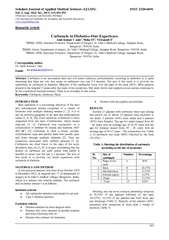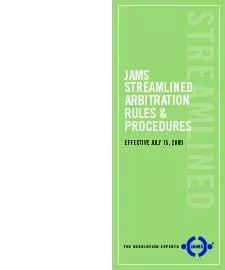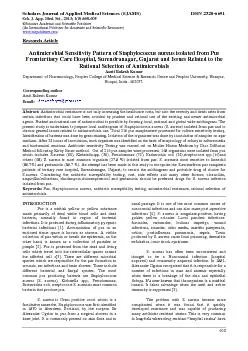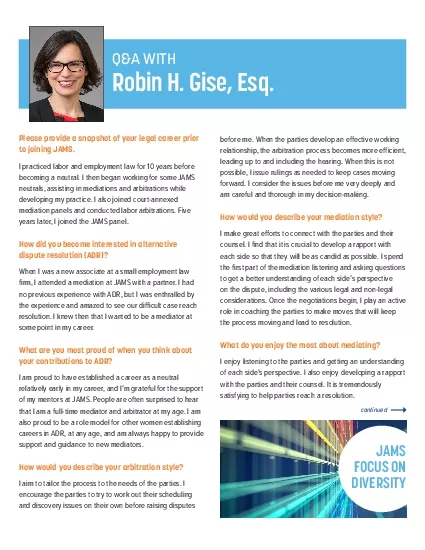PDF-Scholars Journal of Applied Medical Sciences JAMS ISS
Author : cheryl-pisano | Published Date : 2015-05-11
J App Med Sci 2013 15 493 95 Scholars Academic and Scientific Publisher An International Publisher for Academic and Scientific Resources wwwsaspublishercom 493 Research
Presentation Embed Code
Download Presentation
Download Presentation The PPT/PDF document "Scholars Journal of Applied Medical Scie..." is the property of its rightful owner. Permission is granted to download and print the materials on this website for personal, non-commercial use only, and to display it on your personal computer provided you do not modify the materials and that you retain all copyright notices contained in the materials. By downloading content from our website, you accept the terms of this agreement.
Scholars Journal of Applied Medical Sciences JAMS ISS: Transcript
Download Rules Of Document
"Scholars Journal of Applied Medical Sciences JAMS ISS"The content belongs to its owner. You may download and print it for personal use, without modification, and keep all copyright notices. By downloading, you agree to these terms.
Related Documents














